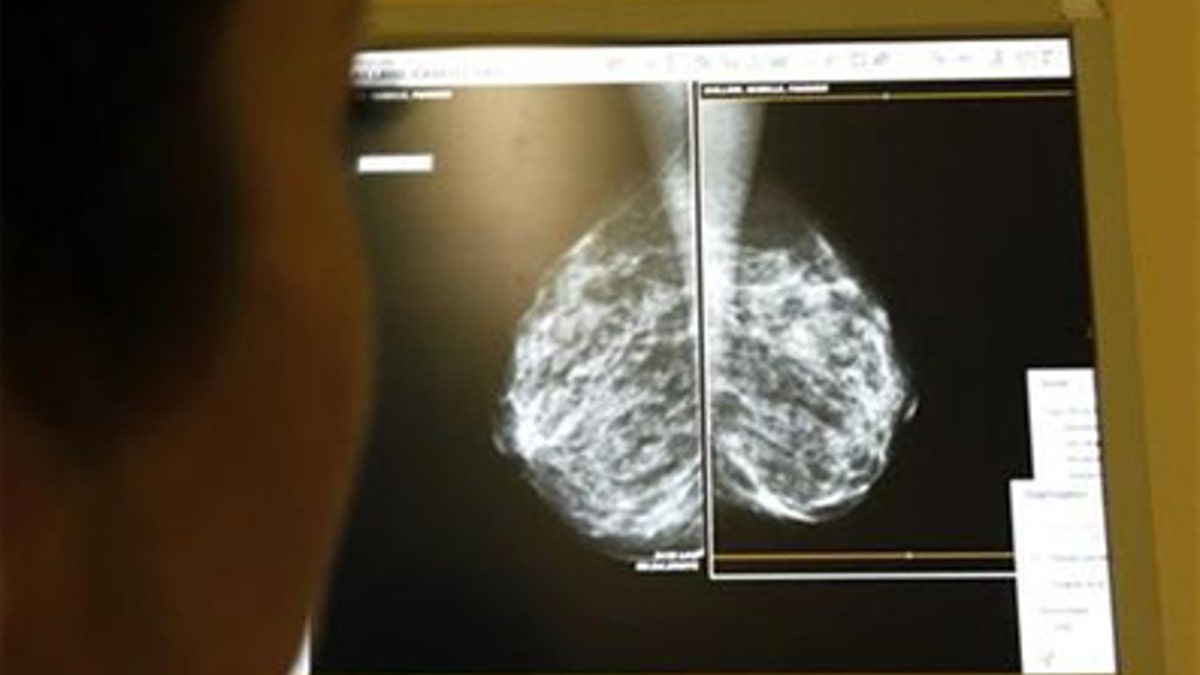
Women whose mammograms suggest possible breast cancer that is eventually ruled out experience slightly increased anxiety, but that doesn't necessarily affect their overall health, according to a new study.
What's more, the increased anxiety appears to dissipate within a year, write the researchers in JAMA Internal Medicine.
"We provide one more piece of evidence that women need to be well informed of the outcome of screenings," Anna Tosteson told Reuters Health. "Especially women 40 to 49 (years old) need to think about how they would feel about having a false-positive mammogram."
Tosteson is the study's lead author from the Geisel School of Medicine at Dartmouth College in Lebanon, New Hampshire.
False-positives occur when the results of a mammogram suggest possible breast cancer, when in reality no cancer exists. Typically the initial positive test is followed by additional screenings or a more invasive biopsy to look for cancer.
There is about a 61 percent chance that a woman who undergoes yearly mammograms over a decade will have a false-positive during that time, according to Dr. Kurt Kroenke, who wrote an editorial accompanying the new study.
Kroenke is from the Regenstrief Institute, Inc, a nonprofit healthcare research organization in Indianapolis.
Aside from the bother of having additional tests, some policymakers and medical organizations also take into account how much anxiety a false-positive may cause a woman when making recommendations about who should get screened.
For the new study, the researchers used information from 1,028 women who participated in a trial that tested the reliability of a new type of mammogram.
They compared 534 cancer-free women whose mammograms initially suggested breast cancer to 494 women whose screenings were negative from the start.
The women were interviewed after the first mammogram - but typically before they were cleared of a cancer diagnosis - and then a year later.
Immediately after their first mammogram, the women who received false-positive results had more anxiety than those who received a clean bill of health.
On a scale from 20 to 80, with higher scores indicating increased anxiety, women in the false-positive group scored 35, on average, compared to 33 among women in the negative group.
The scores then leveled off to 34 and 33, respectively, after a year.
There was no difference between the groups on a measure of overall health.
The women in the false-positive group also reported being just as likely to undergo another breast screening within the next two years as those who tested negative. Roughly 93 percent in both groups planned to get screened again in that interval.
About 26 percent of women who had a false-positive said they were more likely to undergo future screening after their experience, however. That compared to about 14 percent of the negative group.
The U.S. Preventive Services Task Force, a federally-supported expert panel, said in 2009 that breast cancer screening before 50 should be an individual decision because the benefit is very small compared with the risks. Even at age 50, it only recommended screening every other year.
There is a message for policymakers and people who craft medical guidelines in the new results, Tosteson said.
"It would really suggest that people doing the cost-effectiveness analyses of screening programs may not need to include decrements in quality of life for false positives," she said.
In his editorial, Kroenke said some of the findings are still concerning.
For example, more women in the false-positive group compared to the negative group reported moderate anxiety. Those women were also more likely to report discomfort with any follow-up care.
"We must simply acknowledge that diagnostic tests, like medications, can have adverse effects," Kroenke writes.
He adds that other surveys designed to pick up anxiety associated with cancer diagnoses may be more sensitive to detect stress during a possible cancer diagnosis.
Tosteson said the authors were more interested in the effects of a false-positive mammogram result on women's overall health.
"I think there does need to be further study in this area, but for the purposes of what we were trying to learn we used the right measures," she said.




















